Author: Vikas Kumar
03 July 2024
Embedded analytics refers to the integration of analytical capabilities directly into software applications, platforms, or business processes, allowing users to access and analyze data within the context of their workflow without switching to a separate analytics tool or environment. This approach aims to streamline decision-making processes by providing actionable insights at the point of need. Embedded analytics solutions typically include features such as data visualization, reporting, dashboards, and sometimes advanced analytics functionalities like predictive modeling or machine learning. These capabilities are often customized and tailored to fit the specific requirements and user interfaces of the host application, ensuring a seamless and intuitive user experience. The transformative potential of embedded analytics rests on several key pillars. First and foremost, it catalyzes improved decision-making by furnishing users with timely and relevant insights gleaned from up-to-date data sources, thereby minimizing decision latency and maximizing the efficacy of organizational responses. Moreover, the seamless integration of analytics within existing workflows enhances the user experience by obviating the need for jarring transitions between disparate tools or interfaces, thereby fostering a more intuitive and frictionless operational environment.
Unlock Insights into the Embedded Analytics Market – https://univdatos.com/get-a-free-sample-form-php/?product_id=54119
This, in turn, augments user engagement and accelerates the adoption of data-driven practices across diverse user demographics. Furthermore, embedded analytics embodies a paradigm of scalability and customization, affording organizations the flexibility to tailor analytical functionalities to suit the nuanced requirements of different user cohorts, business units, or industry verticals. This bespoke approach not only enhances the relevance and applicability of analytics outputs but also ensures that the analytical framework remains agile and responsive to evolving organizational needs. Concurrently, the integration of analytics within existing software applications opens avenues for monetization, enabling software vendors to offer premium analytics features as value-added services or subscription-based offerings, thereby diversifying revenue streams and enhancing competitiveness in the marketplace. However, implementing embedded analytics can also present challenges, such as ensuring data security and privacy, maintaining consistent performance, and managing the complexity of integrating analytics functionalities into existing applications. Overall, embedded analytics represents a powerful approach to democratizing data-driven decision-making by making analytics accessible and actionable to a broader range of users within the context of their everyday workflows
Solar Panel Recycling Startups includes a competitive landscape with key players such as
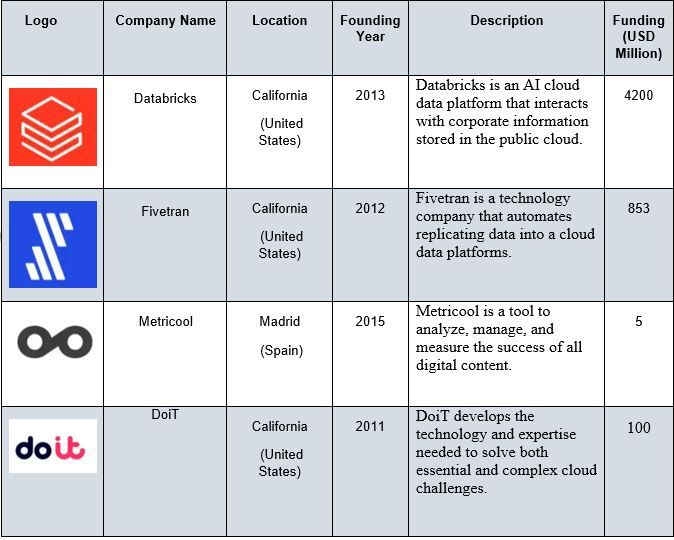

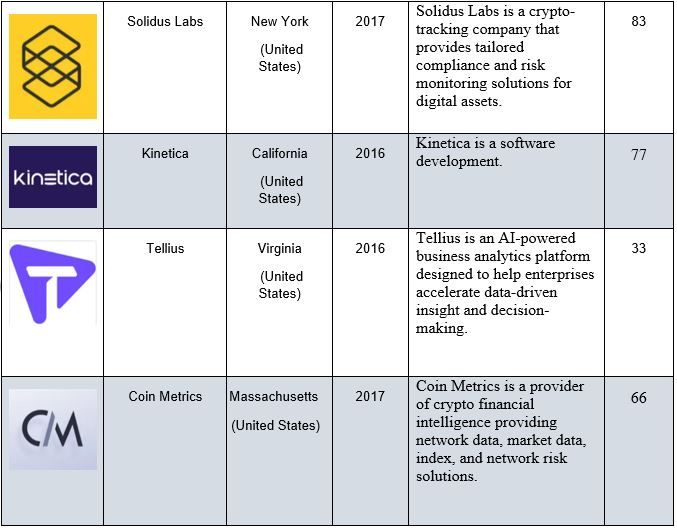
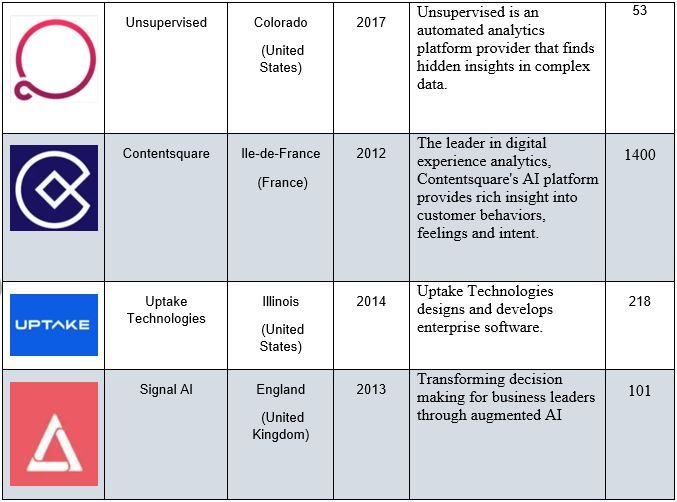
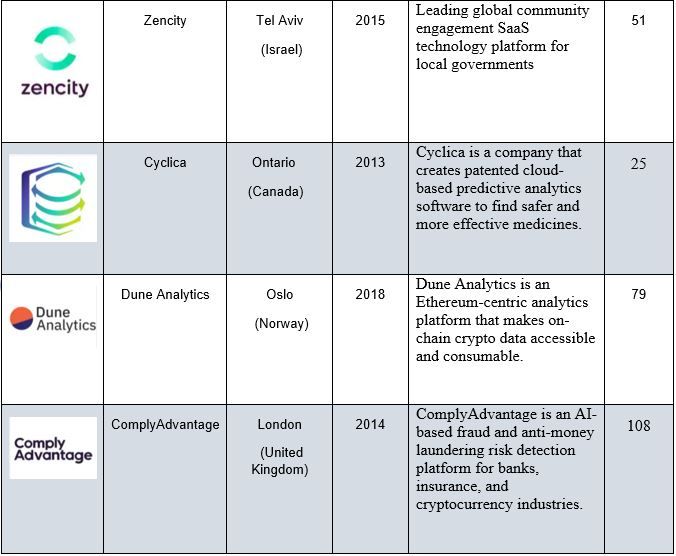
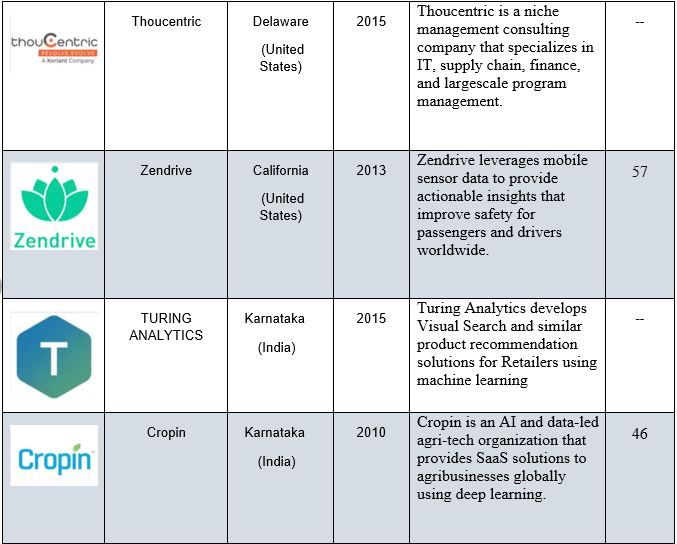
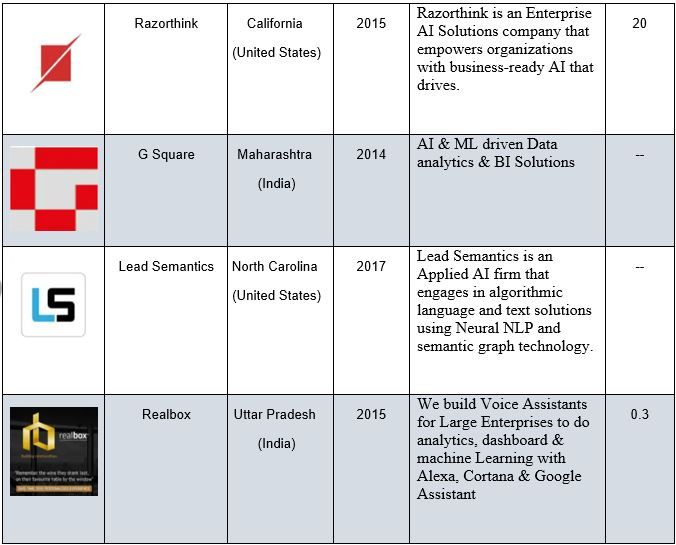
Key Developments

Conclusion
Embedded analytics stands as a pivotal strategy in modernizing decision-making processes by seamlessly infusing analytical capabilities directly into existing software applications, platforms, or operational workflows. This integration empowers users to access, interpret, and act upon data insights without necessitating a shift to external analytics tools or environments. At its core, embedded analytics encapsulates a spectrum of functionalities, ranging from basic data visualization and reporting to more sophisticated predictive modeling and machine learning algorithms, all finely tuned to align with the specific requirements and user interfaces of the host application. However, the deployment of embedded analytics is not without its challenges. Organizations must navigate a labyrinth of considerations, including data security and privacy concerns, performance optimization, and the intricacies of integrating analytical functionalities seamlessly into the fabric of existing applications. Addressing these challenges demands a judicious blend of technical expertise, strategic foresight, and organizational alignment to realize the full potential of embedded analytics while mitigating associated risks. In summation, embedded analytics represents a cornerstone in the edifice of data-driven decision-making, ushering in an era of heightened agility, informed decision-making, and user-centric innovation. By embedding analytical capabilities directly within existing workflows, organizations can harness the power of data to unlock new insights, drive operational efficiencies, and unlock new avenues for growth and innovation in an increasingly dynamic and competitive landscape and as per their “Embedded Analytics Market” report, the global market was valued at USD 35.6 Billion in 2022, growing at a CAGR of 14.65% during the forecast period from 2023 – 2030 to reach USD billion by 2030.
Get a call back